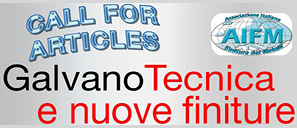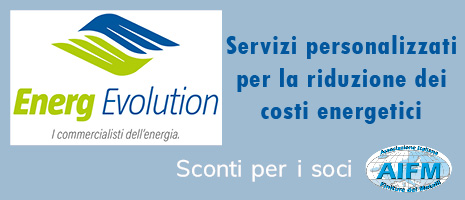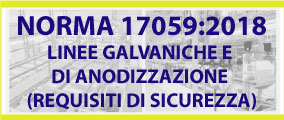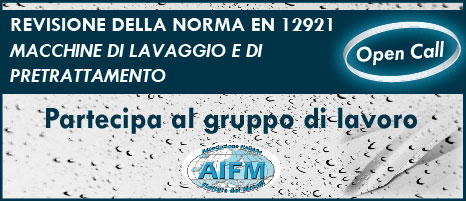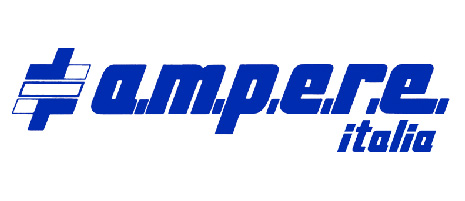CIRCULAR ECONOMY CONCEPT APPLIED TO THE PURENANO PROJECT
The meaning of the words “Circular economy” (CE) has been explained using different definitions for a variety of different types of applications and industrial scenarios. Circular Economy provides solutions that address global challenges like climate change, biodiversity loss, waste, financial issues, and pollution (https://ellenmacarthurfoundation.org/topics/circular-economy-introduction/overview).
Nowadays the transition towards a circular economy is fundamental since, in the last few years, the world has assisted in the rapid growth of natural resources and the increase in waste generation. The finishing industry contributes every day to the production of a vast amount of hazardous waste that is transported to specific treatment plants, where mainly chemical or electrochemical processes are applied, producing a large amount of sludge and wastes.
In PureNano project, the spent plating bath, one of the main wastes produced during the plating process, is regenerated by using functionalised Magnetic Nanoparticles (MNPs). The PureNano purification system aims to treat the spent plating bath coming from three different and commonly used plating processes:
a) Electroless Nickel plating (Gaser pilot line)
b) Zn /Cu electroplating (CNano pilot line)
c) Nickel electroplating (CNano pilot line)
On the basis of the circularity concept, after the contaminants present in the plating bath are captured, MNPs are reused or regenerated. One of the main aspects of PureNano is the possibility to regenerate the MNPs through an electrolytic process or use them for
i) removing heavy metals from wastewater or
ii) in concrete formulation applied in construction industry.
Based on the nature of the spent baths one or more of the MNPs valorisation routes can be prosecuted.
Starting from the PureNano concept, AXIA Innovation (German Company) analysed the current end-of-life management chain in the plating industry and was responsible for the development of a methodology that had as main goals:
i) the application of the so-called Waste Minimization (WM) approach to the pilot lines (PLs) installed in Gaser (Italian Company) and CNano, (Greek Company) and
ii) the implementation of specific circular business model in the economic strategy of the two pilots plants.
Waste minimization consists of the application of a systematic approach to reduce the generation of waste at the source, reduce the raw materials used in the process and optimize the recycling and re-use of the waste. When applied to the PLs of Gaser and CNano, the WM includes the implementation of a set of techniques for the process modification, the drag-out reduction, and the process solution treatment, which appear to increase the process efficiency and have important economic benefits for the companies. The reduction of waste production reduces the waste treatment costs and maintenance costs showing that acting a priori instead of at the end of the pipe has a great advantage for the electroplating companies.
THE TRANSITION TO THE CIRCULAR ECONOMY INCLUDES TECHNOLOGICAL, ECONOMIC, AND SOCIAL CHANGES
• The application of the reuse, recycle, and repair concepts requires the modification of the production lines, and the waste minimization approach is one of the steps toward technological change.
• Instead, social innovation is defined as a process that considers emergent needs adopting new solutions to meet social goals. The transition is also supported by collaborations and strategies across society by governments, companies and citizens alike. These collaborations and strategies are named circular economy enablers.
• Economic changes can be achieved through an appropriate plan which includes the adoption of an ad-hoc circular business model (CBM). A circular business model is a means of implementing one or more circular goals (recycling, reuse, repair and shared use) in an economically feasible way. The identification of the correct business circular model to be used is the key to the realization of the circular goals.
Based on the classification adopted by Accenture and reported by OECD, 5 types of CBMs were considered:
(i) circular supply models,
(ii) resource recovery models,
(iii) product life extension models,
(iv) sharing models)
(v) product service system models.
The transition from a linear system, where the plating bath was just used and then disposed to a circular system where the spent bath is regenerated for further use has required the integration of the circular business goals and the means for achieving them in the existing business model as reported in Figure 1.
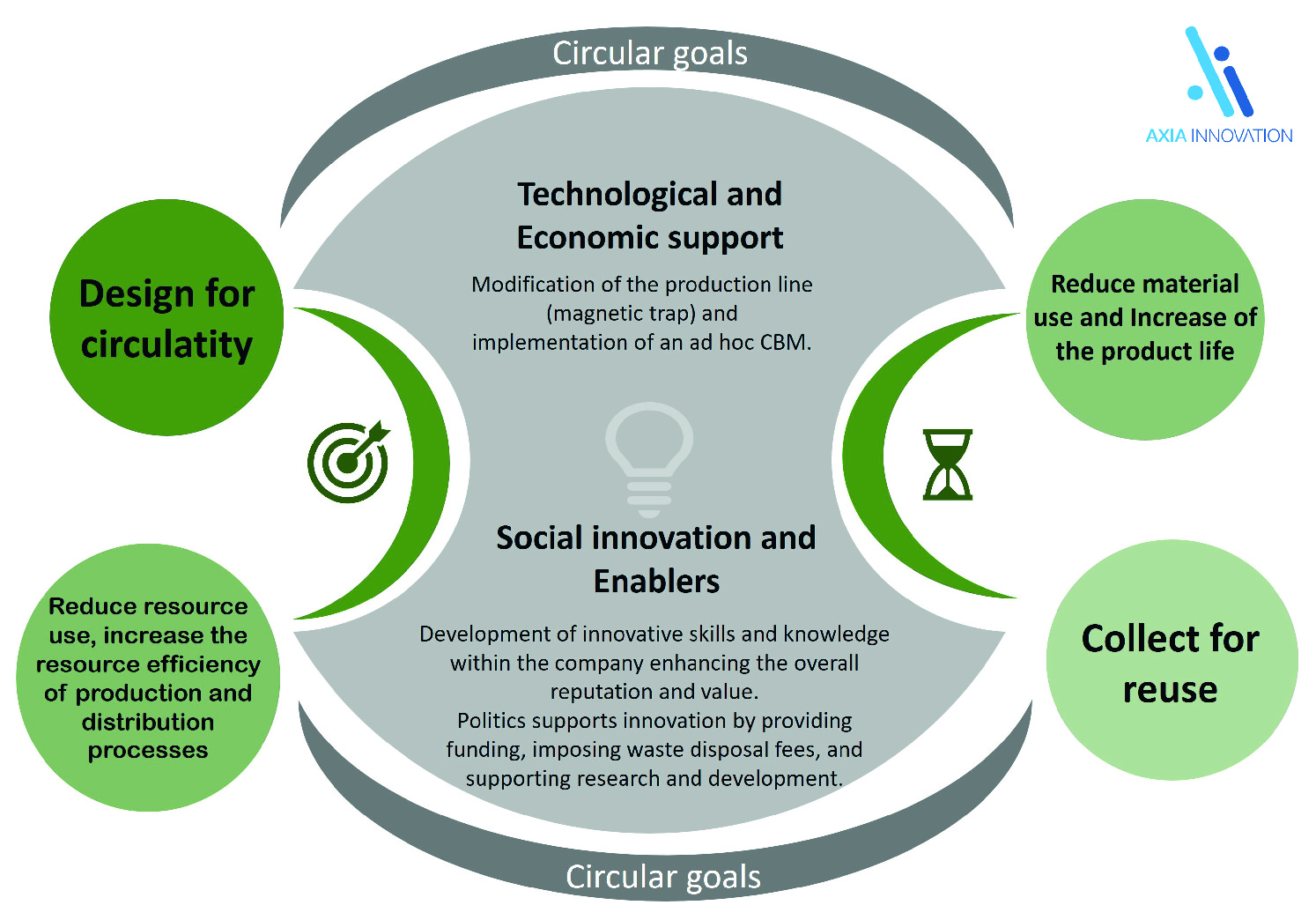
AXIA Innovation’s approach consisted of the identification of the main circular business goals, technological and social innovation enablers and the application of the most suitable CBM to the PureNano use cases.
The Product-Service System model resulted to be the most suitable CBM for both PLs. In this business model, instead of selling their product, the providers keep the ownership but make it available to one or more users either through a lease contract or a rental fee. Gaser and CNano could, therefore, lease their purification PLs, offer to the customers an in-house regeneration service, or offer a service where instead of the access in their facilities they take the spent bath, regenerate it, and give it back.
The Resource Recovery Model has been applied to the reuse/regeneration of the MNPs. The spent MNPs used in the purification process can be
i) integrated into the concrete formulation for the production of composite reinforced concrete
ii) regenerated through the electrolytic process (CNano PL) or
iii) used in a water treatment plant for the removal of heavy metals from water (Gaser PL).
This business model gives value to the materials contained in the waste streams and can be realized in the form of industrial symbiosis.
The implementation of the selected CBMs has highlighted the advantages from the environmental and economic points of view and provided new inputs for further investigation. The detailed analysis is reported in the Public Deliverable 7.4 “ Report on the circularity of PureNano technologies” available on the PureNano website.






